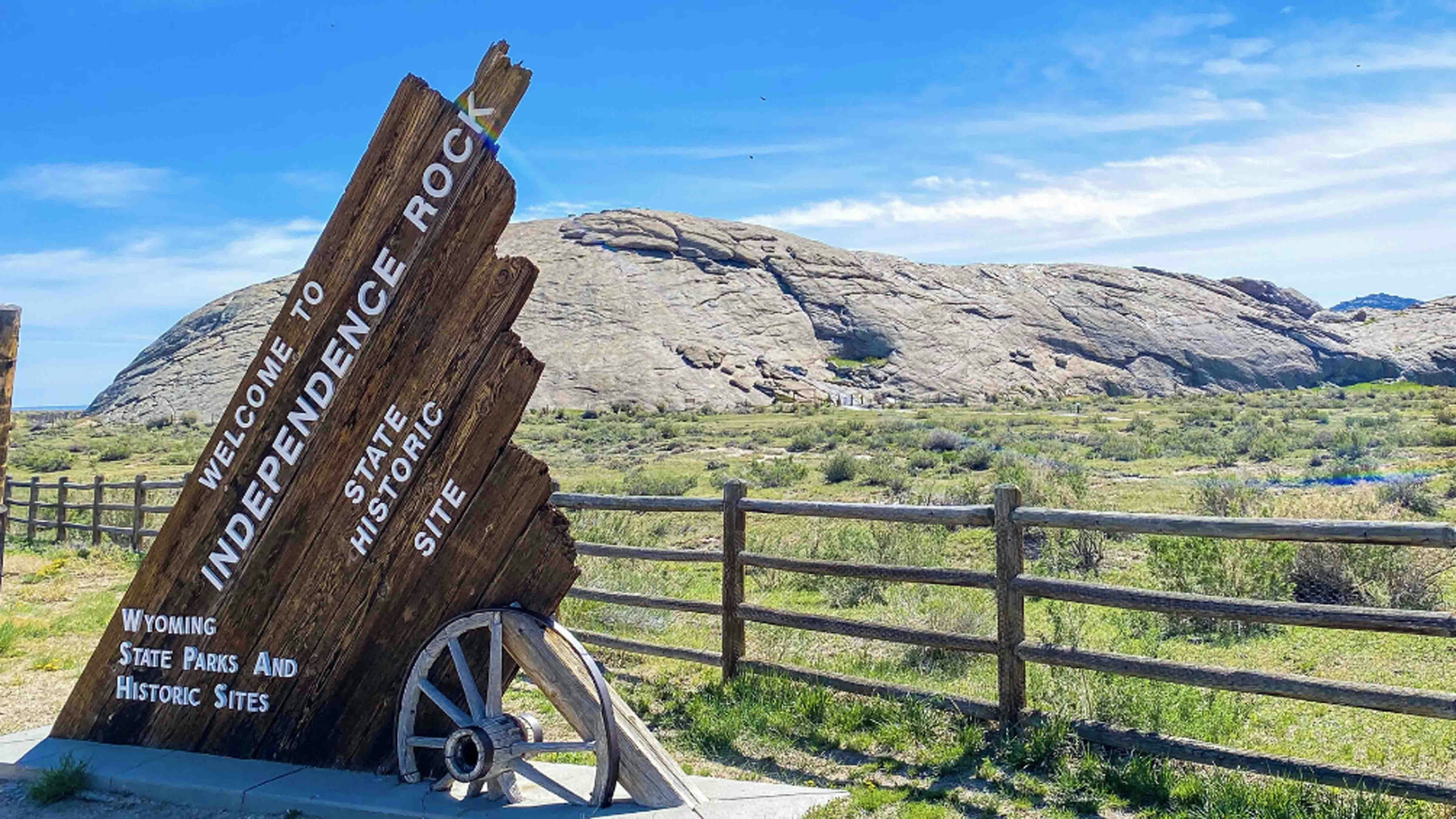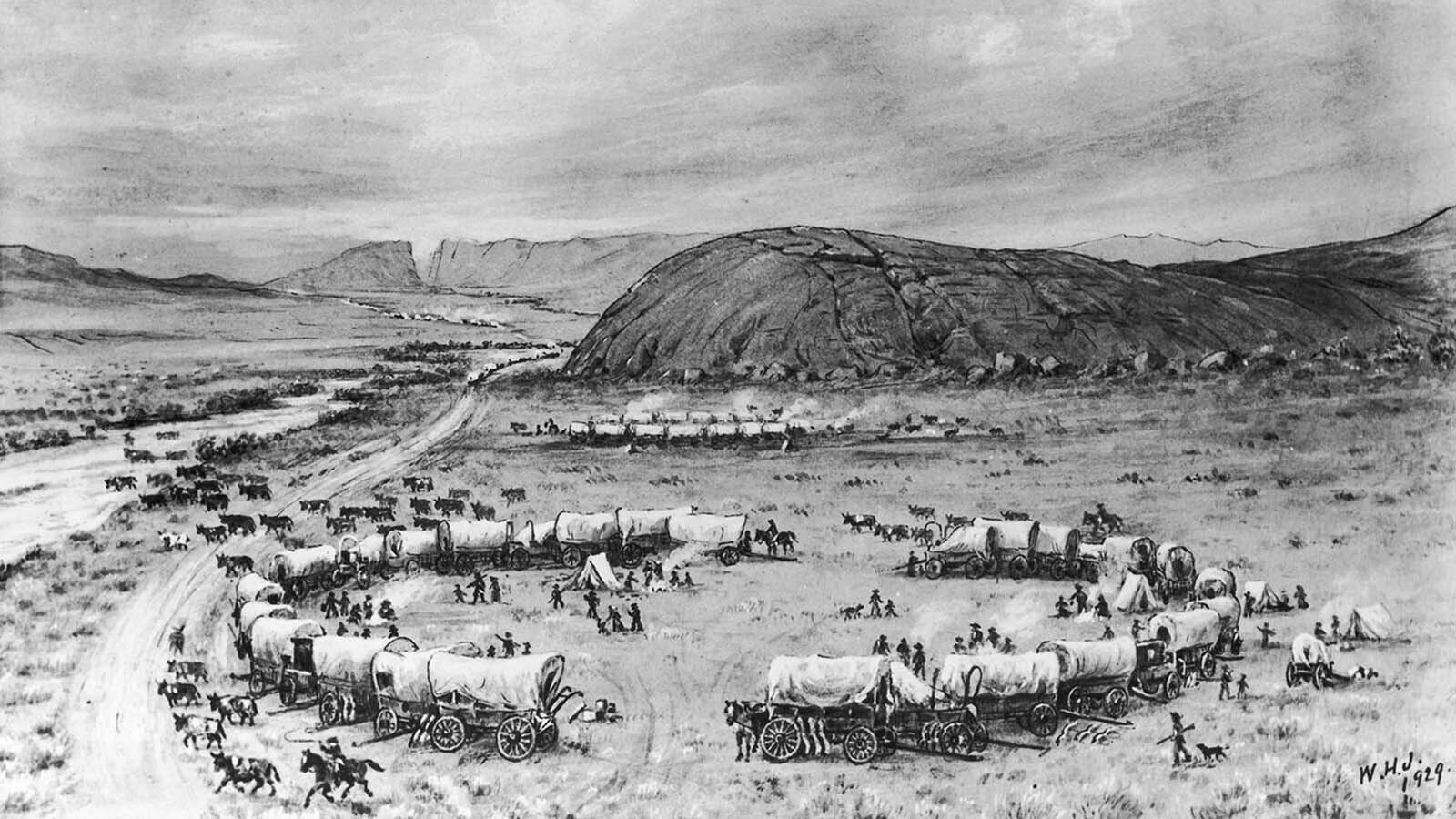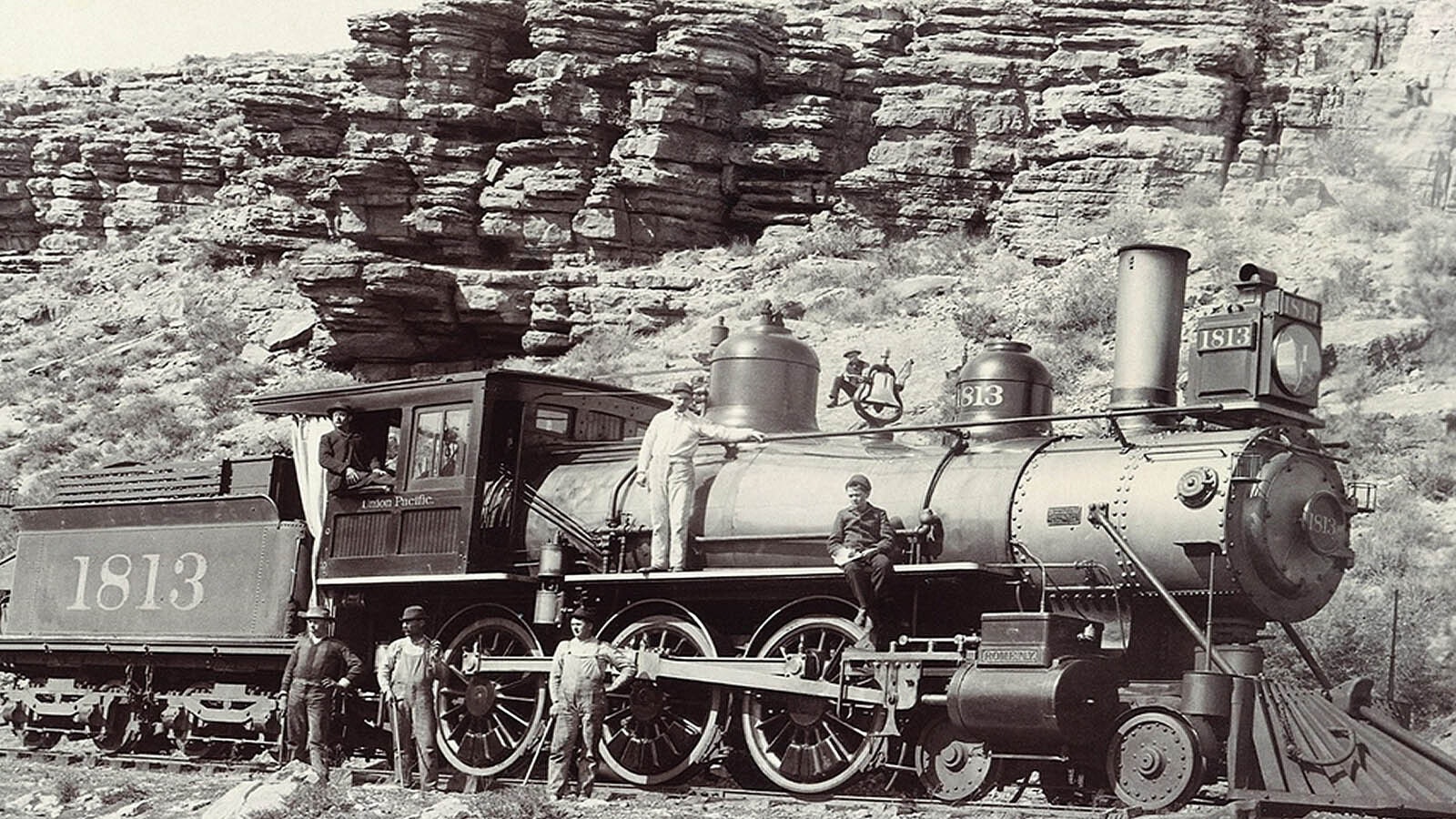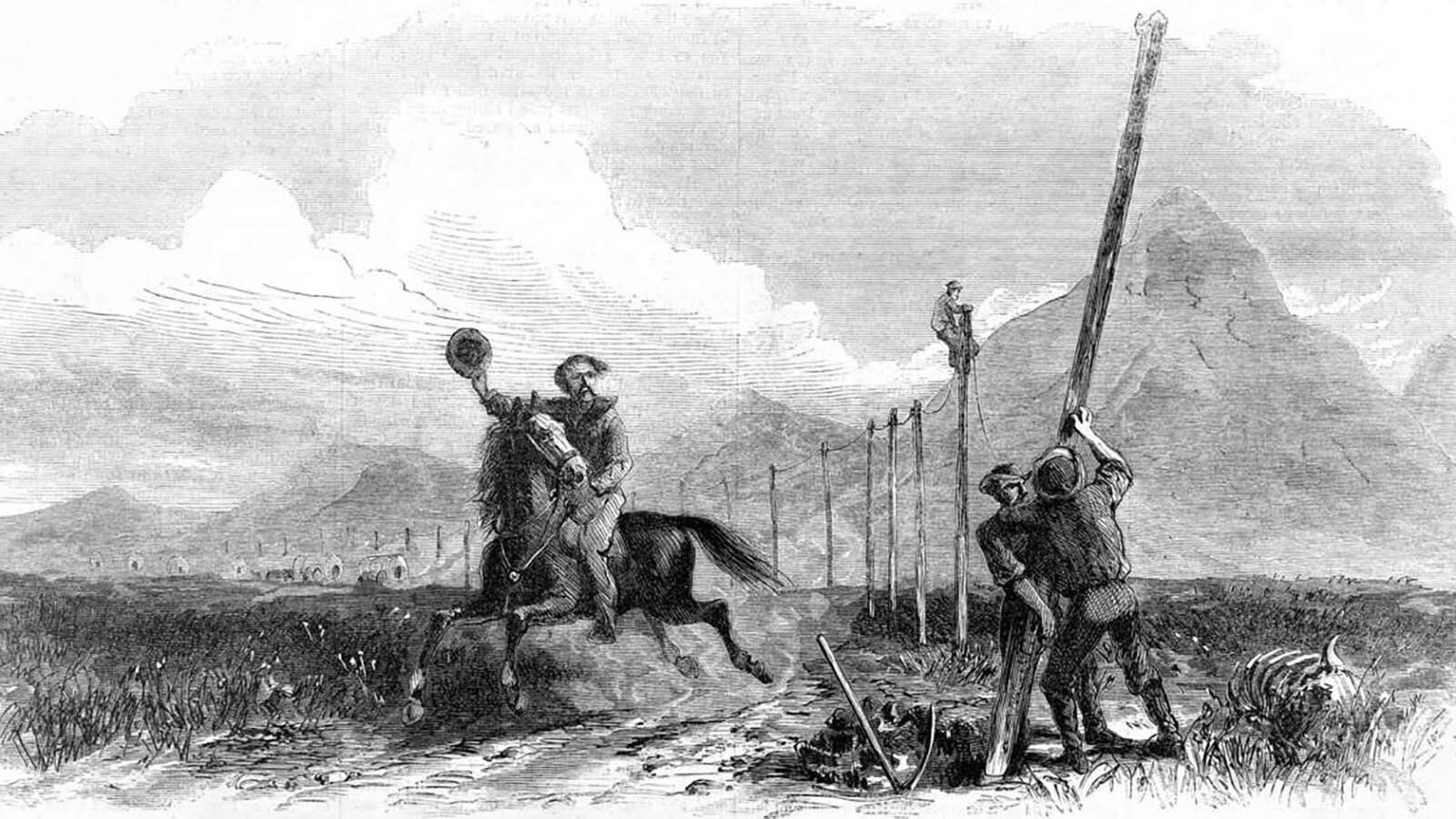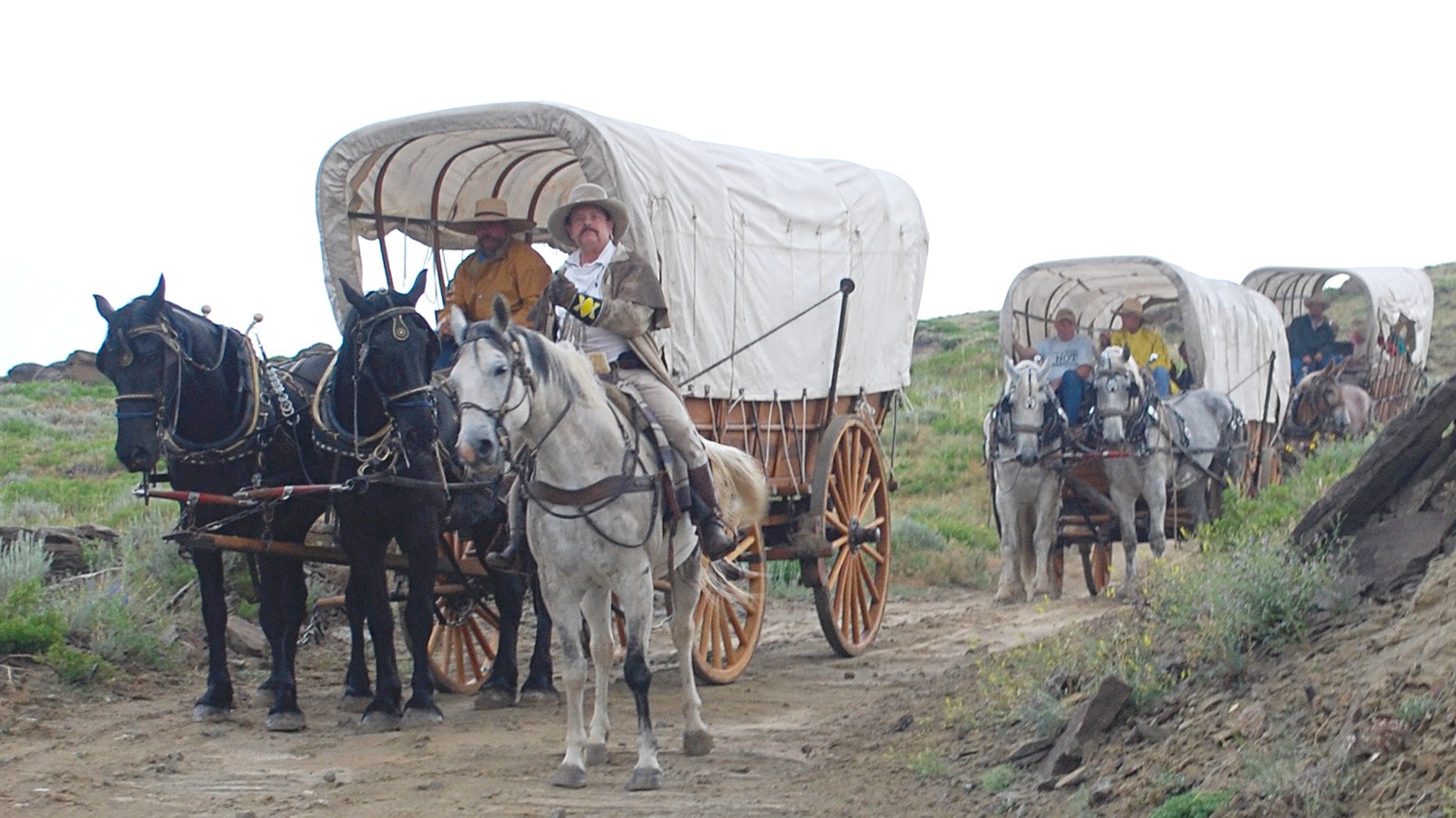In many ways, Wyoming was the crossroads of America’s Manifest Destiny. While it’s the least populated state, more than 500,000 people went through the territory on the many overland trails connecting the civilized East with the wild, beckoning untamed West.
The Oregon, Mormon, Bridger, California, Overland, Chief Washakie and Cherokee trails are just some of the major thoroughfares that came long before the interstate highway system.
Then the Transcontinental Railroad pushed its way through, along with the Transcontinental Telegraph, Lincoln Highway and even the first transcontinental U.S. airmail service.
Along the way, historically significant outposts were established, some of which evolved into bustling communities that continue today. Among them are Forts Caspar, Bridger, Laramie, Fetterman, Kearny and Fred Steele.
Capitalizing on these unique heritage sites to not only preserve them, but make them even more of a tourism draw is what the federal National Heritage Area Program is about.
So far, there are no national heritage areas in Wyoming. That could change, however, as a pair of Wyoming counties have agreed to do a study that could see one created to highlight the Cowboy State’s rich trails history.
The Pathways
The potential for highway signs and federal promotion of a Pathways National Heritage Area in Natrona and Carbon counties excites those who see the potential for an economic boost.
It makes others wary it could open the area up to federal encroachment on private and state lands and steal the history that gave birth to the Cowboy State.
Put Natrona County in the “wary” category. Commissioners cautiously voted unanimously this week to approve a feasibility study that has already been endorsed by a more excited Carbon County.
Carbon County Commissioner Travis Moore said his county has been researching the potential of a national heritage area for quite a while.
“We came to figure out after doing a little research, and calling out to Colorado where they have a couple of these national historical areas … that they have yet to find a downside down there in terms of bolstering their heritage tourism,” Moore told the Natrona County board.
Comments by Moore, the mayor of Hanna and a representative from Carbon County’s tourism bureau, as well from two proponents from Colorado, were enough to move it forward.
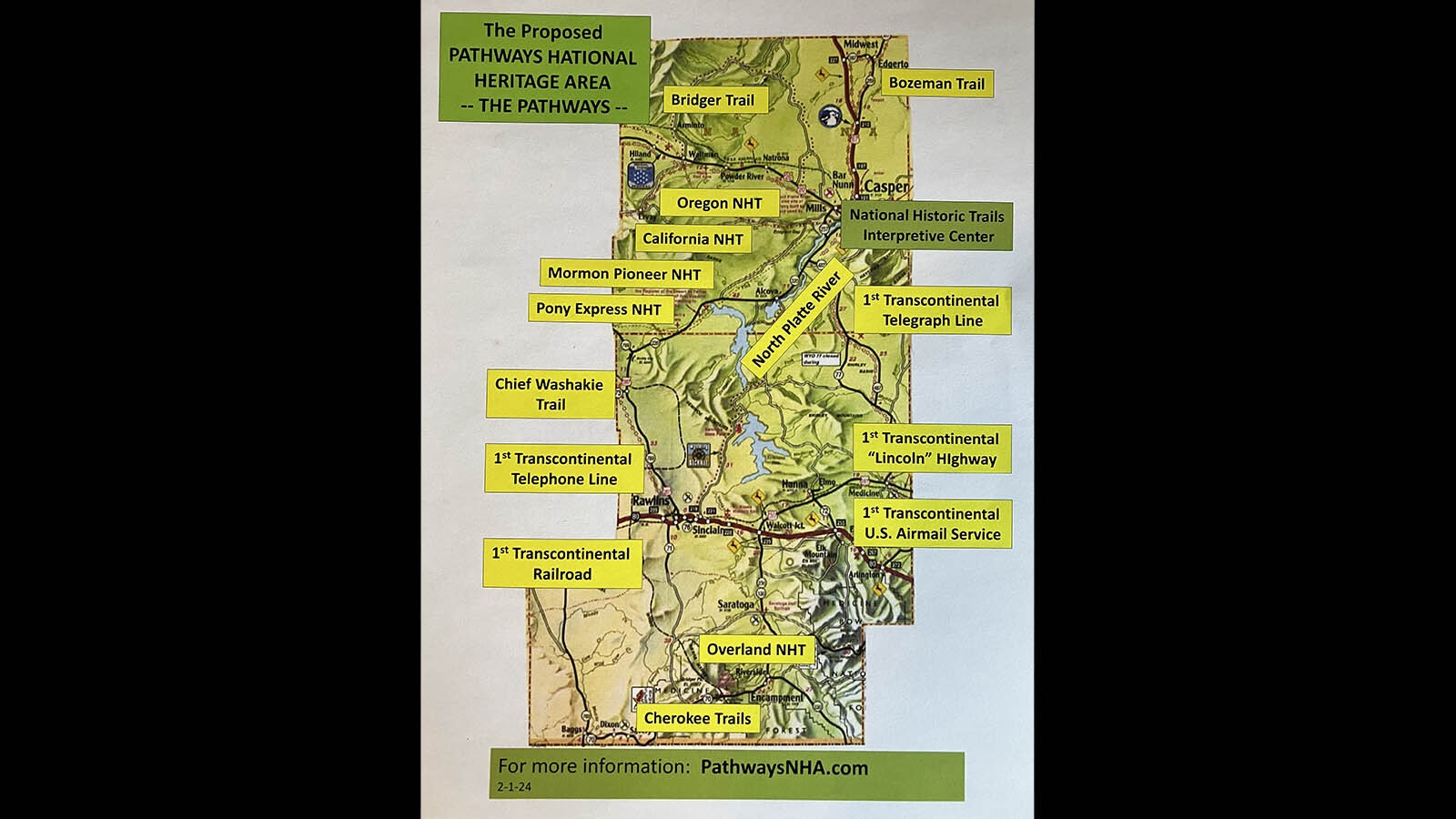
Volunteer Proponents
Colorado-based Vernon Lovejoy, who once worked for the BLM in Rawlins, and Glenn Haas, a former natural resources professor at Colorado State University, believe the designation would bring significant economic impact to both counties.
“With this federal distinction, it would bring great opportunities in terms of tourism and heritage conservation,” Haas said. “Carbon County has been the ones saying, ‘Attaboy, let’s go forward with this idea, help us facilitate and move forward.’ Natrona County has been a lot slower.”
Visit Casper’s Luke Gilliam told Natrona County commissioners that his group’s board of directors supports the study.
“History and heritage assets that are going to be discussed today are a key component of our tourism portfolio already, and enhancement of that could be a big positive for us,” he said. “NHA designation could very well be a significant and low-cost strategy to both protect and enhance our county’s heritage resources, as well as stimulate tourism and economic growth.”
Economic Benefits
Information provided by Lovejoy and Haas reported that a 2017 study of the La Poudre National Heritage Area that connects Fort Collins, Windsor and Greeley, Colorado, reported an annual $81 million economic impact to the region that supports 1,067 jobs and generates $6.9 million in tax revenues.
Lovejoy and Haas said the money is generated through increased national visibility in federal brochures and other marketing materials promoting national parks and heritage areas that draws out-of-state visitors. A smartphone app similar to that used by the National Park Service is part of the proposal and would further promote the assets within the area’s boundaries.
“A heritage tourist is typically a passive recreationist seeking to learn more about and experience multiple heritage assets,” they wrote in their proposal to Natrona County. “(They) tend to be older and have a higher income, enjoy short-term overnight stays in lodging accommodations and plan their multi-day travel well in advance.”
An Alternative
Moore said Carbon County’s support centers around an alternative economic engine outside of the energy industry.
“(In) Carbon County we are directly hooked into energy, there is nothing we can do to get around that,” Moore said. “This could help us buff that boom-and-bust type thing with a lot tamer crowd in terms of tourism.”
The proposed heritage area would include the Bozeman, Bridger, Oregon, California and Mormon trails in Natrona County, as well as the Pony Express route, North Platte River and first Transcontinental Telegraph Line.
In Carbon County it would entail the Chief Washakie Trail, First Continental Telephone Line, First Transcontinental Highway (Lincoln Highway), First Transcontinental Railroad, First Transcontinental U.S. Airmail Service, Overland Trail and Cherokee Trails.
Other assets of the heritage area include the many historic sites, locations, and museums in the counties, like Fort Caspar, the National Historic Trails Interpretive Center, Medicine Bow Museum and Virginian Hotel.
Some Concerns
Still, Natrona County resident Bob Bailey advised commissioners to be wary of the proposal and its potential impact on ranchers. He said his reading of the Reagan-era law that allows heritage area designations leads him to believe it would require ranchers to “opt out” of the designation.
That was refuted by Haas and Lovejoy, who said an opt-in concept would be the way to go.
Moore said he understands the concerns about “federal overreach” and that the ranchers in Carbon County have shown support for the concept.
Prior to voting on approval of the feasibility study, Natrona County Commission Chairman Peter Nicolaysen said it would not involve “out-of-pocket” costs for the county.
“It’s kind of a joint feasibility study with Carbon County,” he said. “We were pleased to see Commissioner Travis Moore from Carbon County make the trip up today and this motion is just for the county participating in that feasibility study.”
The Beginning
National Heritage Area designations began in 1984 to promote preservation, conservation, recreation, education and economic development. There are 62 designated around the country, but none in Wyoming.
Haas and Lovejoy said they hope to have the study done by September. The county would then need to add some information and put it in a format for submission to the National Park Service, which oversees heritage areas. Once the Park Service receives and reviews the proposal it would eventually go to Wyoming’s congressional delegation to be introduced.
Haas said that process would take about two years.
Natrona County Commissioner Jim Milne emphasized that at this point, the county is just agreeing to a study, not the national heritage designation itself.
“This doesn’t lock us into anything,” Milne said. “As a commission and county if we don’t like what we are seeing there is nothing currently (that makes) us participate beyond that point.”
Dale Killingbeck can be reached at dale@cowboystatedaily.com.

